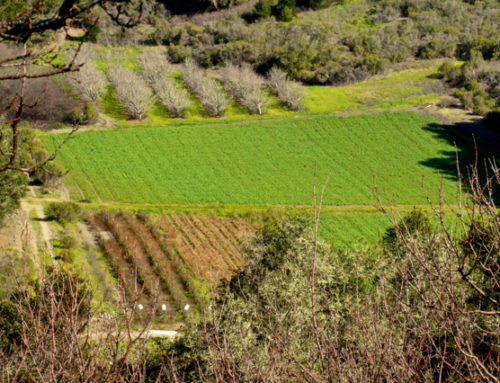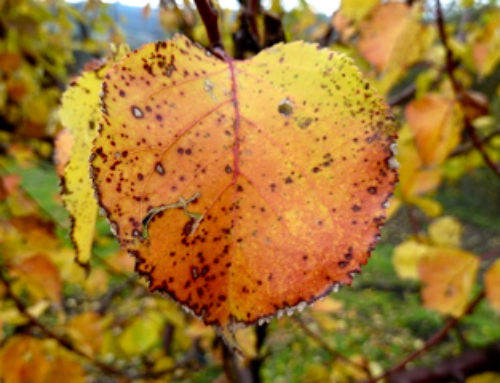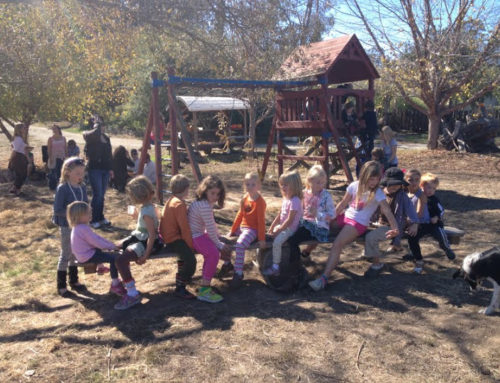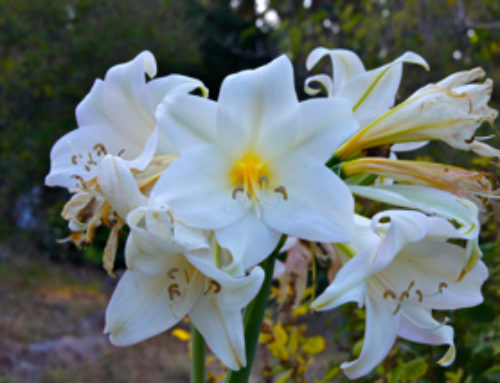 Last week on July 4th, I celebrated Independence Day in an unusual manner. Having just finished packing shares for Thursday’s delivery, I went on my first ever whale watching adventure, right here in Monterey Bay. Now I easily get seasick, so I never would have initiated an outing like this, however our good friends Miriam and Harley Goldberg learned that blue whales were being sighted in the Bay, jumped on some reservations, then convinced me to leave with them on a boat from the Moss Landing Harbor, a mere 20 minutes from the farm. Armed with candied ginger and a special anti-seasickness wristband we headed into the Bay. We weren’t out long before we spotted a huge vertical water spout, followed by the smooth long blue-grey ridge of a whale’s back. The moment was brief; the whale broke the water’s surface, gliding effortlessly, then disappeared again. Shortly after the first spout we spotted another… equally impressive, easily 20 ft high. The marine biologist on board confirmed these were two adult blue whales, actively feeding on their favorite food: krill, a small shrimp-like zooplankton, currently abundant in the nutrient-rich cold water upwelling from the deep marine canyons of Monterey Bay. It’s rare, we were told, to see blue whales so close to shore. As we followed these giants for the next hour, surfacing every 5-10 minutes for a breath before plunging down to scoop up more krill, I thought about just how amazing this all was. First, that I wasn’t getting sick; second – and more importantly – realizing how fortunate I am to be able to farm in such close proximity to these rich ocean waters — unique, in that their moderating effect on our coastal climate is what allows us to grow such a diversity of crops year-round. The Monterey Bay really is one very special ecosystem, a region where land and ocean are intricately linked, offering up an abundance of rich, nourishing food.
Last week on July 4th, I celebrated Independence Day in an unusual manner. Having just finished packing shares for Thursday’s delivery, I went on my first ever whale watching adventure, right here in Monterey Bay. Now I easily get seasick, so I never would have initiated an outing like this, however our good friends Miriam and Harley Goldberg learned that blue whales were being sighted in the Bay, jumped on some reservations, then convinced me to leave with them on a boat from the Moss Landing Harbor, a mere 20 minutes from the farm. Armed with candied ginger and a special anti-seasickness wristband we headed into the Bay. We weren’t out long before we spotted a huge vertical water spout, followed by the smooth long blue-grey ridge of a whale’s back. The moment was brief; the whale broke the water’s surface, gliding effortlessly, then disappeared again. Shortly after the first spout we spotted another… equally impressive, easily 20 ft high. The marine biologist on board confirmed these were two adult blue whales, actively feeding on their favorite food: krill, a small shrimp-like zooplankton, currently abundant in the nutrient-rich cold water upwelling from the deep marine canyons of Monterey Bay. It’s rare, we were told, to see blue whales so close to shore. As we followed these giants for the next hour, surfacing every 5-10 minutes for a breath before plunging down to scoop up more krill, I thought about just how amazing this all was. First, that I wasn’t getting sick; second – and more importantly – realizing how fortunate I am to be able to farm in such close proximity to these rich ocean waters — unique, in that their moderating effect on our coastal climate is what allows us to grow such a diversity of crops year-round. The Monterey Bay really is one very special ecosystem, a region where land and ocean are intricately linked, offering up an abundance of rich, nourishing food.
There I was, seemingly only moments ago, on land, at the farm, packing CSA shares; then I was standing on the bow of a boat, watching the largest animals ever known to have lived on our planet scoop up tons of krill in one of the world’s richest and most diverse marine environments – the Monterey Bay Marine Sanctuary. In farming, we easily get caught up in the economics of food production, often ignoring the importance of balancing the diverse relationships between the cultivated and non-cultivated environments around us. Here on the farm our fields are surrounded by native habitat, plants and animals; the boundaries between domesticated land and wilderness are easily blurred. Most of the time this means we are a source of food for a diverse community of living creatures (humans included), a community I like to believe can coexist. It also means sometimes we have deer munching on our green beans, coyotes catching a few of our chickens or birds pecking on our fruit.
Just like the Monterey Bay marine environment needs protecting, so too do the rich agricultural lands surrounding the Bay need protecting – primarily from encroaching urban development. Well managed ranches and farms are vital to helping support wildlife habitat, healthy soils, local food supplies, and recreational and scenic resources. Equally important is that agricultural land be protected, so that future generations of family farmers and ranchers can continue farming and support a healthy local economy based on healthy ties to the land and their agrarian values. So thank you all for supporting this farm, as well as so many other local farmers and producers who supply us with their locally grown crops and farm products. It makes our work so much more meaningful. I like to believe that food is a vehicle for creating a more secure and stable future, one where we celebrate our interdependence rather than our independence.
Happy belated 4th of July – Tom






